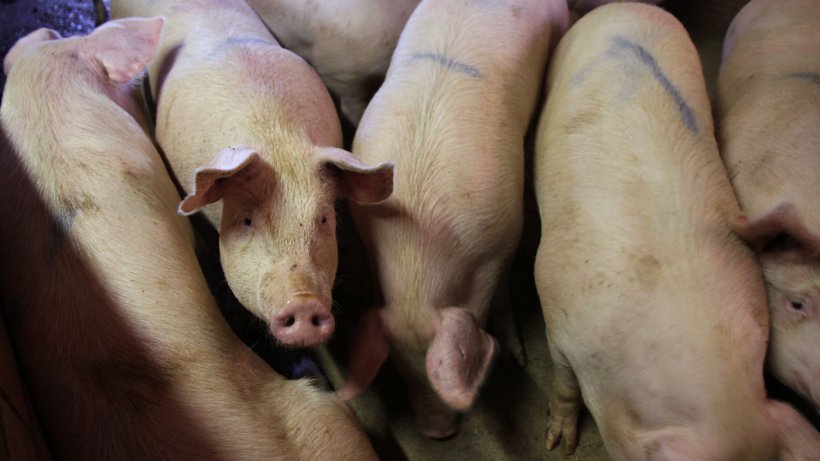Optimism is breaking out all over in the US as a feeling is emerging that export markets can keep profits flowing even if the industry nudges production into record territory. A very unusual thing has happened this year in that production is up but so are prices. At World Pork Expo (June 7-9, Des Moines, IA, USA) the overarching realization to me was that the typical producer is now as fluent in pork export statistics as they are in current benchmarks and cost of production metrics. There is no doubt that everyone in the industry now understands the role and importance of ever-expanding net export sales and there are a substantial number of industry funded efforts to try to reduce the risk that anything might undermine them whether it be an export stopping disease or a poorly negotiated trade agreement or worse yet, squandering of an existing trade opportunity while posturing to get a more "fair" outcome.
The mood at the recently completed World Pork Expo which took place in perfect weather to a record crowd can be described as an optimism tempered by a certain measured realism given the large supply of hogs and the knowledge that some continuing expansion attempts are still in play in the US.

After a deep plunge in hog prices beginning in February, causing a slow start for the summer seasonal price uplift, the markets have come on strong while feed costs remain incredibly stable and low by historical standards. There is no question that the abrupt turnaround in hog prices (up $20.00/cwt in the carcass in May) is directly related to suddenly increasing export sales the amount of which are now coming to light, as delayed monthly stats are now being published by the USDA. Up 16% in March, pork exports followed with a strong 8% increase in April setting up the big price turnaround.
After some considerable heartburn among some in the industry, about what President Trump might be up to with respect to renegotiating NAFTA (especially with Mexico) and the decision to leave the Trans Pacific Partnership, much of that fear has now seemingly given way to a determined strategic plan with some real energy and confidence to implement. Some of this has been bolstered by the recently completed high-profile sugar agreement with Mexico which followed an extension of a deadline but substantially improved US trade position vs. the 2014 agreement. It was viewed as a first test of the negotiating teams and the coming reviewing and revising of most of the current trade deals which President Trump has consistently trashed both in the campaign and as President.
The sugar agreement was followed by a tie in the USA - Mexico World Cup qualifier, 1-1 as the US and Mexico played to a standoff, which may portend the outcome of much of the coming trade negotiations. It was a disappointment for Mexican fans, who wanted to defeat the USA badly and a surprise for the Americans who have a very rough start.
A noticeable decline in market hog weights recently, (compared to a year ago), has taken place even though the Midwest United States has had a relatively cooler and wetter start to the summer season, delaying the onset of widespread heat stress. The trend for cooler than average temperatures is expected to continue for much of Kansas, Missouri, southern Illinois and Iowa. The wet spring however is set to shift farther south, returning normal precipitation to the grain belt but continuing to drench eastern Oklahoma, southern Missouri, Arkansas, Mississippi and the southern portions of the eastern corn belt.
The first USDA corn crop estimate in mid-May forecasted another very large corn crop, just shy of last year’s record. Wheat and soybean production is expected to be down but last year’s stocks are abundant. All this means, if normal weather returns to the corn belt as forecast, the industry will enter the fall with continuing low feed costs and a heavy but manageable hog supply. As someone mentioned to me at World Pork Expo, “We take it one day at a time, but we really like today.”



